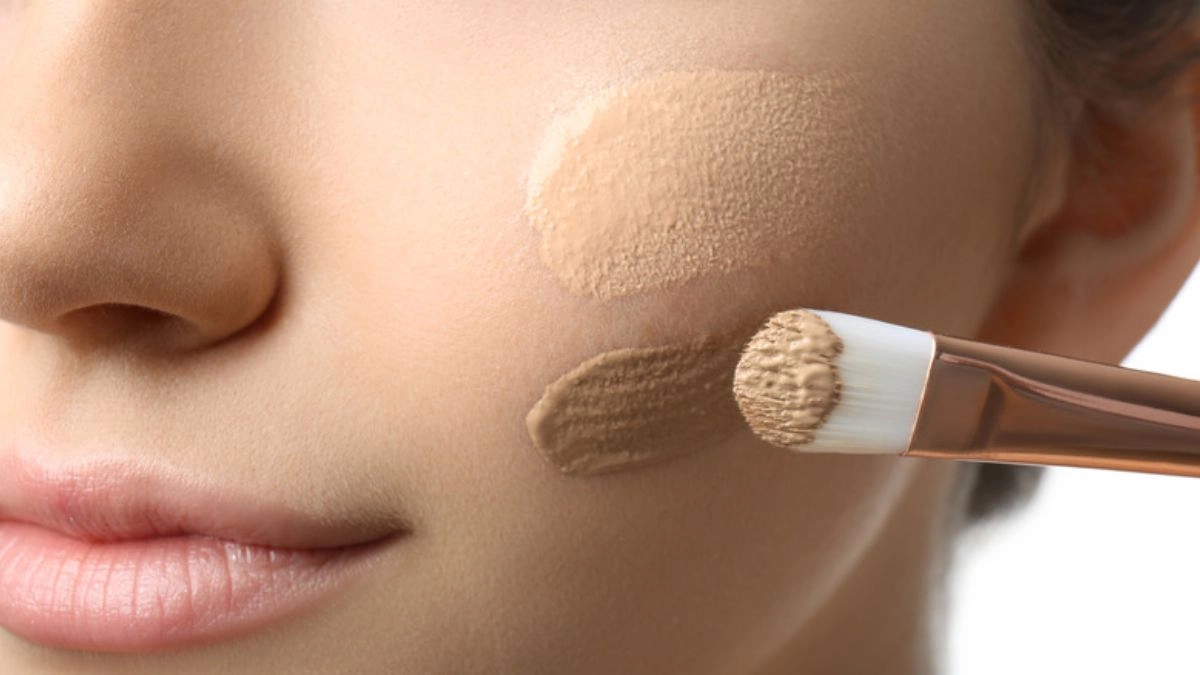Skin Tone indicates the surface skin color. It is determined by the quantity of melanin, the skin pigment. Skin tone is the uppermost layer of your skin. Whereas the skin undertone is a very subtle hue or shade present underneath the surface of your skin.
The three major types of skin undertones are warm, cool, and neutral. The warm undertone ranges from shades of peach to yellow and even golden hues.
People with cooler undertones have a pinkish or bluish hue. Having a neutral undertone means that your undertone and your skin color are roughly similar shades.
Identify Your Skin Undertone Using These Ways
There might be a common misconception that people with fair skin tones will have cooler undertones and darker skin-toned people might have warmer undertones.
But that is not always the case. Even the fairest skin may have warmer undertones and darker skin tones can have cooler shades as their undertone.

Knowing your skin’s undertone will help you pick the right colored clothes and makeup that will compliment you perfectly. This article will be discussing 5 ways to find your skin undertone.
Vein color is the preliminary test to check the skin undertone. You can check your vien and confirm which color they appear to be. If a person’s veins look more like a greenish shade it suggests that they have a warm undertone.
People with cooler undertones can usually find their veins appearing more like bluish or purplish shade. You might have neutral undertones if your veins look really similar to the actual shade of your skin or even if it appears colorless.
The choice of jewelry also plays a pivotal role in understanding your skin’s undertone. If you find yourself pretty suited with the traditional yellowish golden jewelry, most probably you are a person with a warmer undertone or even an olive undertone.
If you find yourself liking the way silver, platinum, or rose gold ornaments compliments you more than the golden jewelry then you might be a member of the cooler undertone team.
You might have neutral undertones if you find yourself looking great in both silver and gold in addition to choosing the ornaments based on your outfits than your skin color.
Checking your skin after exposure to sunlight is also a technique to discover the undertone. If you get sunburned pretty quickly, it might be because you have a cool undertone.
In that situation, your skin might turn pinkish or a reddish hue after exposure to the sun. If you are not getting sunburned quite easily but tan a lot, it might be because you have a warmer undertone. For people with neutral undertones, the exposure to sun manifests a burn first and that results in a tan later.
Another method to discover your undertone will be to put on a white T-shirt. A white paper would do the trick too.
You can put on your white T-shirt or keep the paper against your face in natural light. If u feel like the face appears yellowish in color and would look better in cream or shades similar to off-white, you might have a warm undertone.
Cool undertones appear pinkish when held against white paper or cloth. For the neutral undertones buddies, you will observe gravitating towards both white and off-white basics.
There is another method, and you might need someone to help you with this. But be aware that skin conditions like acne, rosacea, or any other condition might mask the real undertone, but the skin behind the ear is less likely to be affected by the conditions.
You can ask a friend to check for you the skin behind your ear. If the skin appears to be yellowish then it might indicate that you have a warm undertone. If the skin behind your ear appears to be pink or rosy, your skin tone might be of a cooler undertone.
Finding your skin undertone will be a game changer for picking out the right choice of jewelry, clothes, and makeup. If you have a cool undertone, shades like pink, and green, and also purples and reds that have pinkish tones.
People with a warmer undertone will look attractive in shades of yellow, gold, and peach. Neutral undertones might be the lucky set of people who can pull off neutral, warm, and cooler hues.

